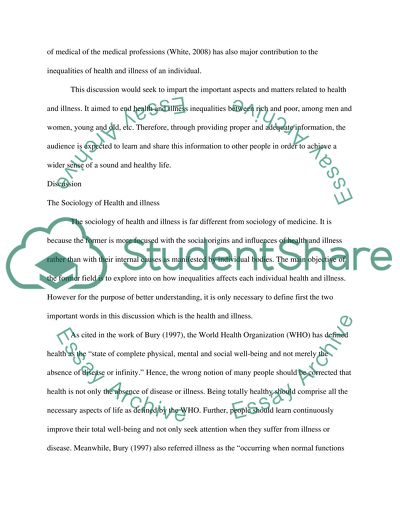Cite this document
(“Inequalities in Health and Illness PowerPoint Presentation”, n.d.)
Retrieved from https://studentshare.org/sociology/1393375-inequalities-in-health-and-illness
Retrieved from https://studentshare.org/sociology/1393375-inequalities-in-health-and-illness
(Inequalities in Health and Illness PowerPoint Presentation)
https://studentshare.org/sociology/1393375-inequalities-in-health-and-illness.
https://studentshare.org/sociology/1393375-inequalities-in-health-and-illness.
“Inequalities in Health and Illness PowerPoint Presentation”, n.d. https://studentshare.org/sociology/1393375-inequalities-in-health-and-illness.


